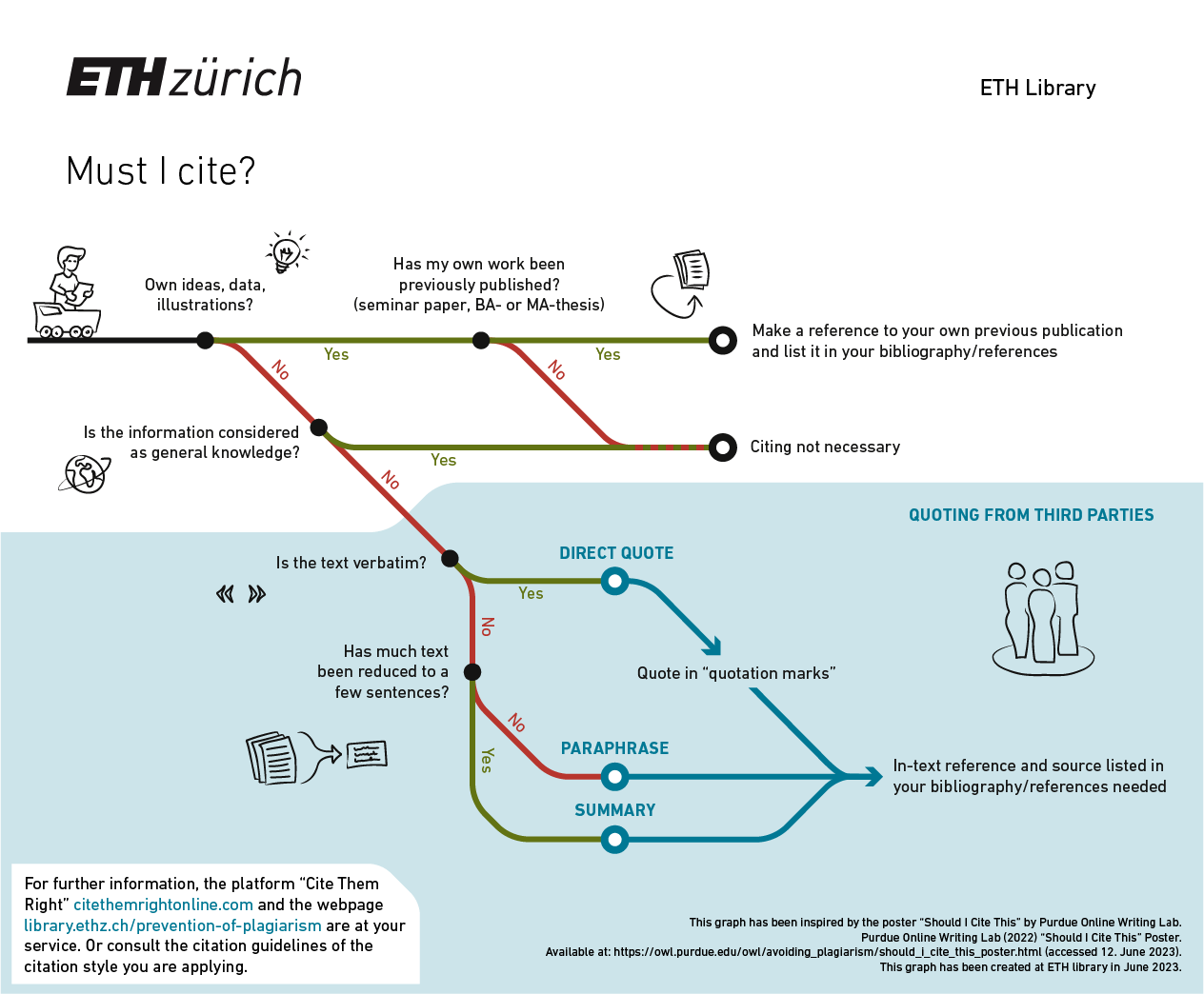There are three different types of sources:
- Primary sources contain information about an event that is documented for the first time and recorded by persons directly involved, such as scientists or witnesses (e.g. in the case of a historical event). Primary sources include, for example, studies, articles, interviews, photographs or letters.
- Secondary sources describe, analyse or interpret primary sources or compile content from other specialist literature. Examples of secondary sources include lecture notes, specialist and non-fiction literature, or review articles.
- Tertiary sources do not contain any new information, but rather reproduce existing information from other sources in a concise form. Examples include dictionaries or encyclopaedias, as well as textbooks.

